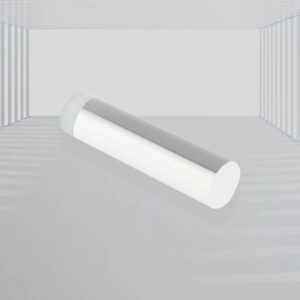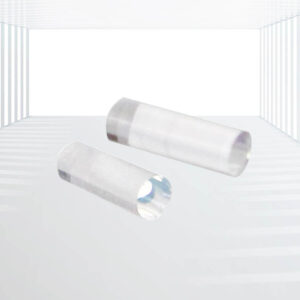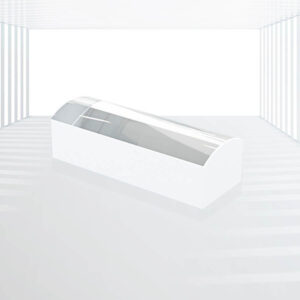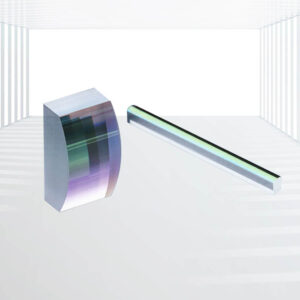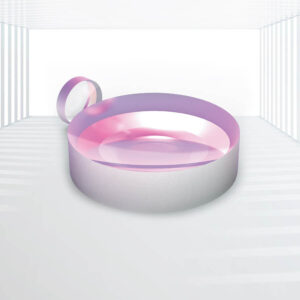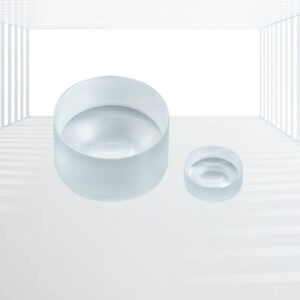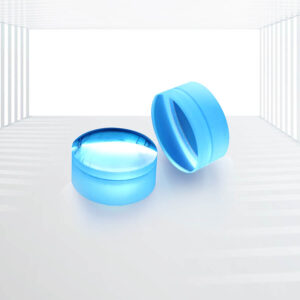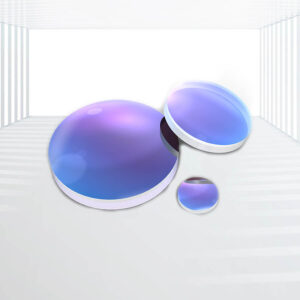Roof Prisms
Image Manipulation Capability: Roof Prisms excel at manipulating images by deflecting light beams by 90° and inverting them. This property allows for precise control over image orientation, making them ideal for applications requiring specific image arrangements.
Compact Design: Compared to other optical elements that achieve similar image redirection, Roof Prisms often have a more compact design. This compactness is advantageous in space-constrained applications such as binoculars and compact cameras.
High Optical Efficiency: By utilizing total internal reflection (TIR), Roof Prisms can redirect light beams with minimal loss of light intensity. This high optical efficiency ensures that the final image retains good brightness and contrast.
Versatility: Roof Prisms are versatile components that can be incorporated into various optical systems. They can be used alone or in combination with other optical elements to achieve complex image manipulation tasks.
Durability: Made from high-quality optical glass materials, Roof Prisms are designed to withstand the rigors of everyday use. They are often coated with anti-reflection and protective layers to further enhance their durability and longevity.
Applications: Binoculars and Telescopes, Camera Lenses, Optical Instruments, Head-Mounted Displays (HMDs), Scientific Research, etc.
Roof prisms, also known as right-angle roof prisms or Amici roof prisms, are reflective optical components characterized by two faces meeting at a 90° angle, resembling the roof of a building. These prisms utilize total internal reflection (TIR) along the hypotenuse to reflect and redirect a light beam by 90° while simultaneously inverting the beam. As the light passes through the prism, the image is deflected both right-to-left and top-to-bottom, making roof prisms ideal for applications in binoculars, spotting scopes, and various optical instruments.
Specifications:
| Material | N-BK7, UV Fused Silica, other optical glass |
| Angular Tolerance | ±3 arcmin |
| Surface Quality | 40/20 S/D |
| Clear Aperture | >90 |
| Flatness | <λ/10@632.8nm |
| Roof Angle Tolerance | Up to 3 arc seconds |
| 90° Angle Tolerance | ±2 arcmin or ±5 arcsec |
Features:
- Image Manipulation Capability: Roof Prisms excel at manipulating images by deflecting light beams by 90° and inverting them. This property allows for precise control over image orientation, making them ideal for applications requiring specific image arrangements.
- Compact Design: Compared to other optical elements that achieve similar image redirection, Roof Prisms often have a more compact design. This compactness is advantageous in space-constrained applications such as binoculars and compact cameras.
- High Optical Efficiency: By utilizing total internal reflection (TIR), Roof Prisms can redirect light beams with minimal loss of light intensity. This high optical efficiency ensures that the final image retains good brightness and contrast.
- Versatility: Roof Prisms are versatile components that can be incorporated into various optical systems. They can be used alone or in combination with other optical elements to achieve complex image manipulation tasks.
- Durability: Made from high-quality optical glass materials, Roof Prisms are designed to withstand the rigors of everyday use. They are often coated with anti-reflection and protective layers to further enhance their durability and longevity.
Applications:
- Binoculars and Telescopes: Roof Prisms are commonly used in binoculars and telescopes to redirect the image path and maintain a compact form factor. They enable the user to view distant objects with a comfortable eye relief and a properly oriented image.
- Camera Lenses: In some camera lens designs, Roof Prisms are employed to achieve unique optical effects or to redirect the light path within the lens system. This can help create innovative camera features or improve image quality.
- Optical Instruments: Roof Prisms find applications in a wide range of optical instruments, including spectroscopes, laser systems, and medical imaging devices. They contribute to the precision and performance of these instruments by manipulating light beams in specific ways.
- Head-Mounted Displays (HMDs): In the field of virtual and augmented reality, Roof Prisms are sometimes used in head-mounted displays to redirect the image projected onto the user’s eyes. This allows for a more compact and lightweight design of the HMD.
- Scientific Research: Researchers in various fields, including optics, astronomy, and physics, utilize Roof Prisms in their experiments and instrumentation. They are valuable tools for manipulating and analyzing light beams in controlled environments.
Kingwin Optics provides roof prisms manufactured from high-quality materials such as BK7, UV fused silica, and other optical glasses. Additionally, an optional silver coating on the roof surface is available to enhance their performance further.




